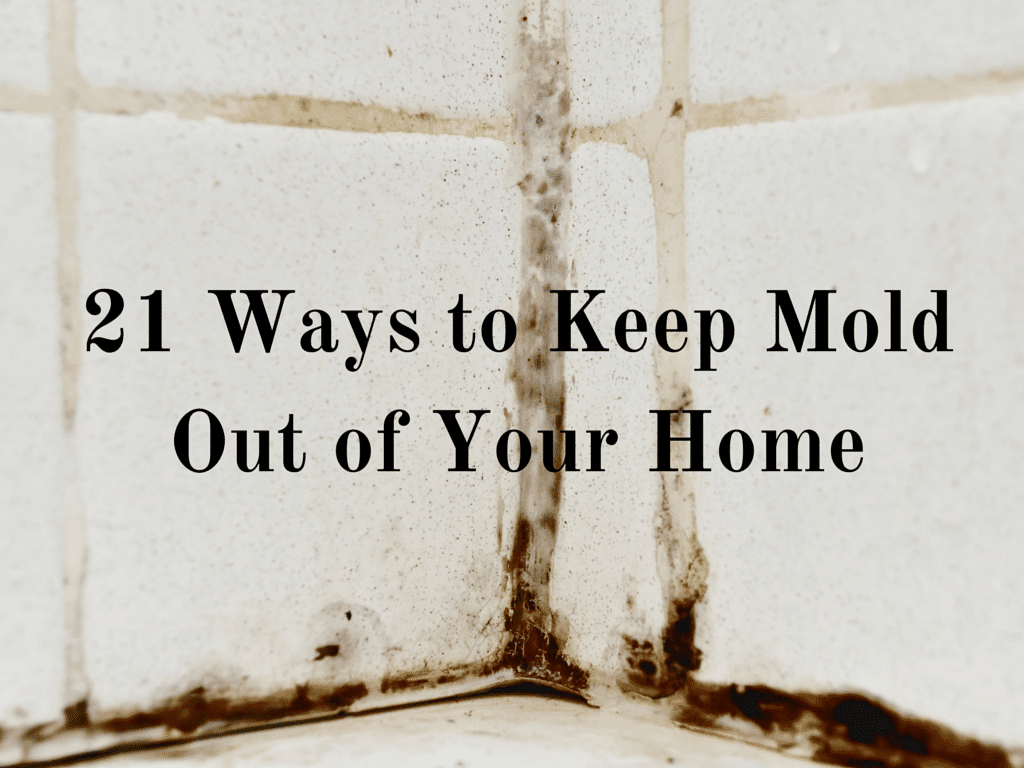
While East Coast summer-humidity can be brutal for most New Englanders, floating mold spores thrive in it. When a spore has access to moisture and cellulose, one of the main components of plants, it multiplies and colonizes. Wet areas of your home are an ideal place for mold to collect, making mold removal a necessity. While your home will never be completely mold-free,
keeping moisture to a minimum will greatly reduce the presence of mold.
Practice these simple tips to keep mold and mildew at bay:
1. If there is any mold currently in your home, like on the tiles in your shower, get rid of it! Clean, clean, clean, and wipe up any moisture, such as puddles and drops of water, from these surfaces. It’s important to take moisture out of the equation because this is one of the things that mold spores feed off of.
2. Keep cleaning. Vacuum, mop, wipe down, scrub, dust – keep your living environment squeaky clean (and dry!). Pay close attention to areas of your home where there is more moisture, like the bathroom and the kitchen.
3. Wash your rugs regularly.
4. Wall-to-wall carpeting is far more conducive to mold growth in moisture-rich areas of your home than washable floors. Consider getting rid of your carpeting.
5. While mold needs moisture to survive, it also feeds off of cellulose. Thus mold can easily live off of things like books, clothes, and cardboard boxes. Don’t store these things in humid parts of your home – you will both avoid their destruction and give mold less places to proliferate.
6. Fix known leaks immediately! If you have a leaky roof or window, you’re allowing unwanted moisture into your home. Aside from the water itself causing damage, the moisture is collecting and feeding mold.
7. Check your refrigerator and freezer doors. Are they shutting properly? If not, moisture is probably being trapped on the edges of the doors and creating mold. Same thing goes for the fridge’s drip pan.
8. Check the gutters and downspouts on your house. If there is anything obstructing the flow of water in the gutter, moisture will be trapped both within the gutter and will be backed up into the house. If water is not flowing away from your home when it’s coming out of the downspout, it could be seeping back into your foundation.
9. Think about how rainwater interacts with the outside of your home. Is the ground around your foundation graded so that water will flow downwards and away from the house?
10. Placing bushes, shrubs, flowers, and other plants too close to your foundation can cause water to leak into your foundation. Don’t plant anything too close to the actual house.
11. Do you use a sprinkler to water your lawn? Make sure it’s not spraying the house and the edges of the foundation.
12. Force moisture out of the kitchen when cooking by opening a window or turning on the exhaust van. If your kitchen exhaust fan is vented to your attic or crawl space rather than to the outside, consider having your kitchen vent re-routed.
Related: Attic Mold: The Importance of Proper Ventilation
13. Same goes for the bathroom – open up a window or turn on the exhaust fan when showering. Leave the fan on for fifteen to twenty minutes after you turn the shower off in order to keep moisture levels down.
14. Is your dryer vented to the outside? It should be.
15. Use a dehumidifier in the cool, damp places in your home like your basement.
16. Make sure your attic is properly ventilated and insulated.
17. Do you have a crawl space underneath your home? Pick up some waterproof polyethylene paper and cover the dirt underneath. Close any vents in the plastic.
18. Check your basement and crawl space for leaks – moisture that is allowed to be there is bad news.
19. Fans are your best friend. Use them throughout your home – they will push air out of open windows and keep air moving, making it harder for moisture to settle down and attract mold spores.
20. Central air-conditioning acts as a dehumidifier by circulating air.
21. Keep windows and doors closed during the day and open windows at night. This keeps the hottest and most humid air out of your home.
